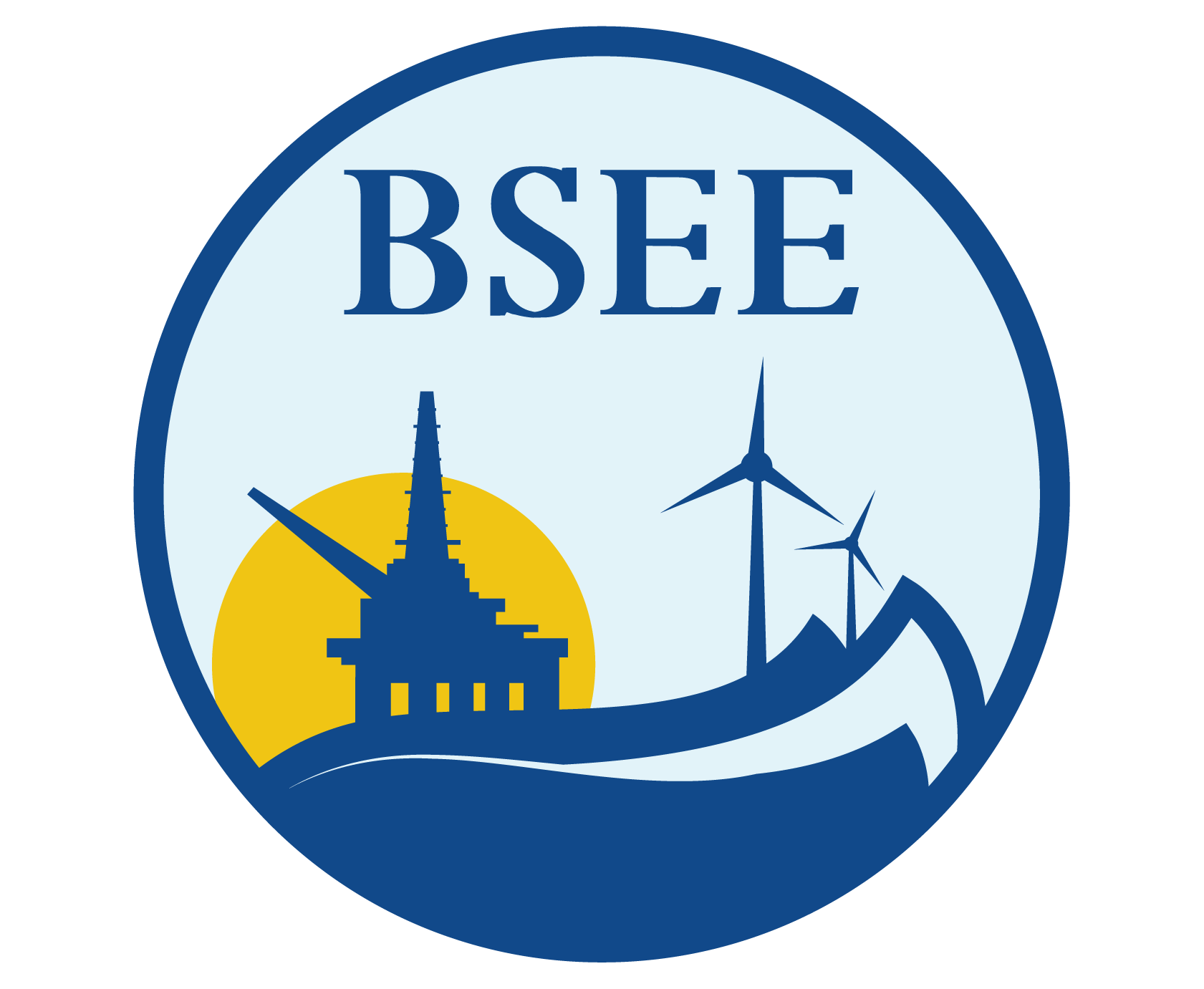TAP-152-Recovery Methods for High Viscosity Oils
This was a Joint Industry Project (JIP) between MMS and Environment Canada to evaluate two different atomization systems to be used in a catamaran-type burner to recover high viscosity oils. The burning of oil slicks on water is ineffective when initial slick thickness is less than 3 mm. Clean combustion of an oil slick can be achieved when the oil is atomized directly at the water surface. Two different methods can be used for atomization; acoustic energy or air pressure.
